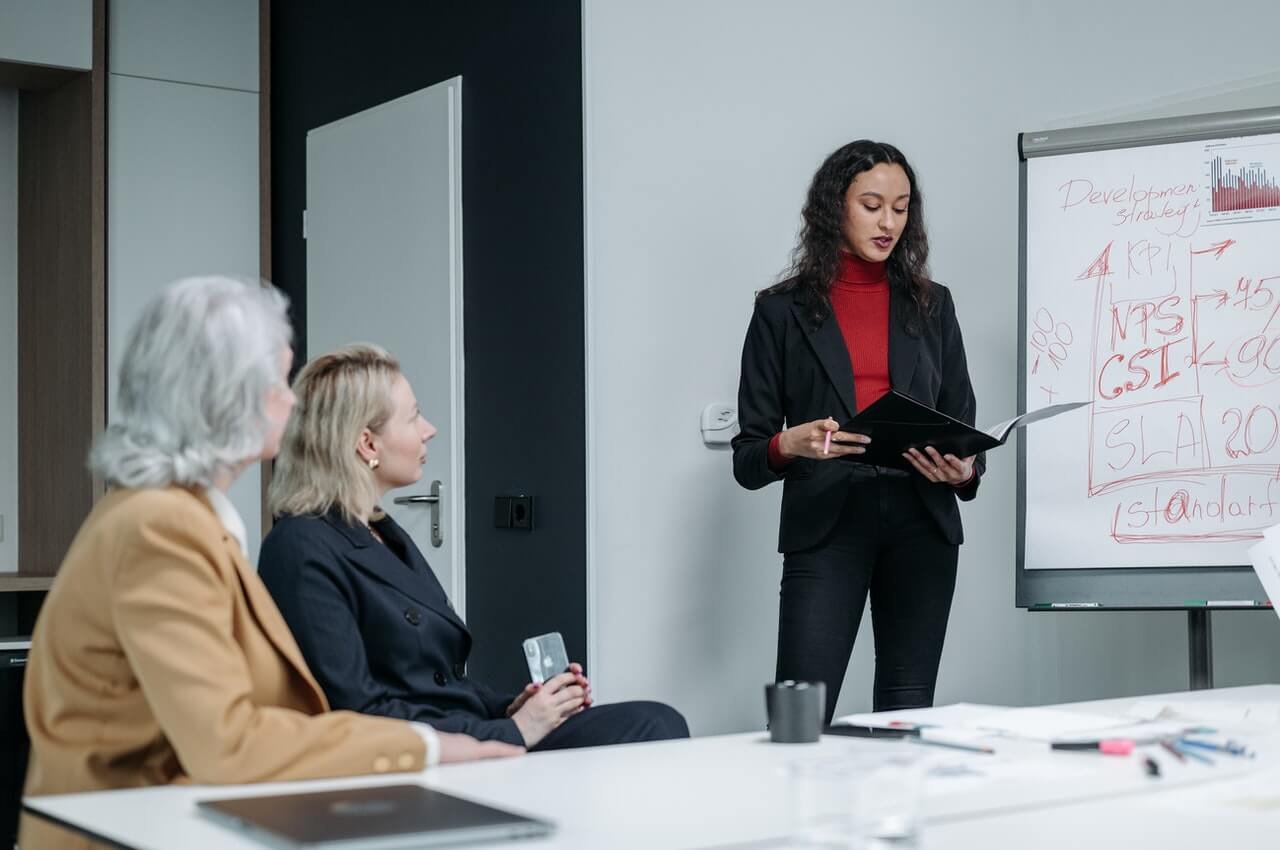I received an email the other day, from a fellow who identified himself as someone with a sales and marketing background whose company was recently sold. He indicated that he had been approached about taking a development position at a local educational institution, and asked if there is a primer for the development/fundraising arena.
Since I didn’t know him, his knowledge base or his abilities, I had to respond to his request generically.
I indicated that would be unfair to any nonprofit organization (especially one that may not know what “development” is all about) if anyone new to the field pursues/takes any position in development other than at entry level.
For some reason(s), many people seem to think that fundraising and development are something that anyone can do. Most people have no idea what’s involved. All they see are the candy sales, special events or fundraisers, and they think, “Anyone can do that!”
Development, beyond entry level, is not a field you can or should jump into without sufficient training/experience.
And there are already too many nonprofits that have development officers that don’t know the difference between “fundraising” and “development.” (See: Development Is Not A Synonym For Fundraising)
And, yes, some of the experience and skills from marketing and sales (and other fields) are transferable, but the processes are not the same.
There is no such thing as a primer for “development,” just as there’s no primer for “marketing.” There is a definite body of knowledge required to be effective as a development officer … and the ability to apply that knowledge effectively.
Having said that, there are lots of books/courses out there that can get you started … can help you begin to develop the mind-set that is necessary to be an optimally effective development officer.
Check with your local associations of development professionals, your local libraries and www.cfre.org.
And, at the risk of sounding like I’m tooting my own horn, I suggest that you read through the postings on my blog — from the first post (March 2010) — that’d be a good beginning☺
=-=-=-=-=-=-=-=-=-=-=-=-=-=
Have a comment or a question about starting or expanding your basic fundraising program, your major gifts fundraising program or a capital campaign? Email me at [email protected] With over 30 years of counseling in major gifts, capital campaigns, bequest programs and the planning studies to precede these three, we’ll likely be able to answer your questions.










